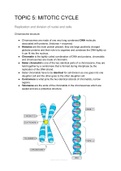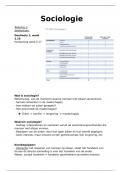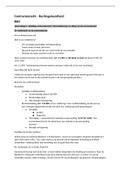Summary
Summary Unit 5- The Mitotic cell cycle (9700) CIE
- Institution
- CIE
Replication and division of nuclei and cells, Chromosome structure, The importance of Mitosis, Cell Cycle: Chromosome components, Telomeres, Stem cells,Multipotent adult stem cells, Cancer, Chromosomes behaviour in mitosis, Stages of mitosis, Mitosis in root tips. This contains extensive informati...
[Show more]












